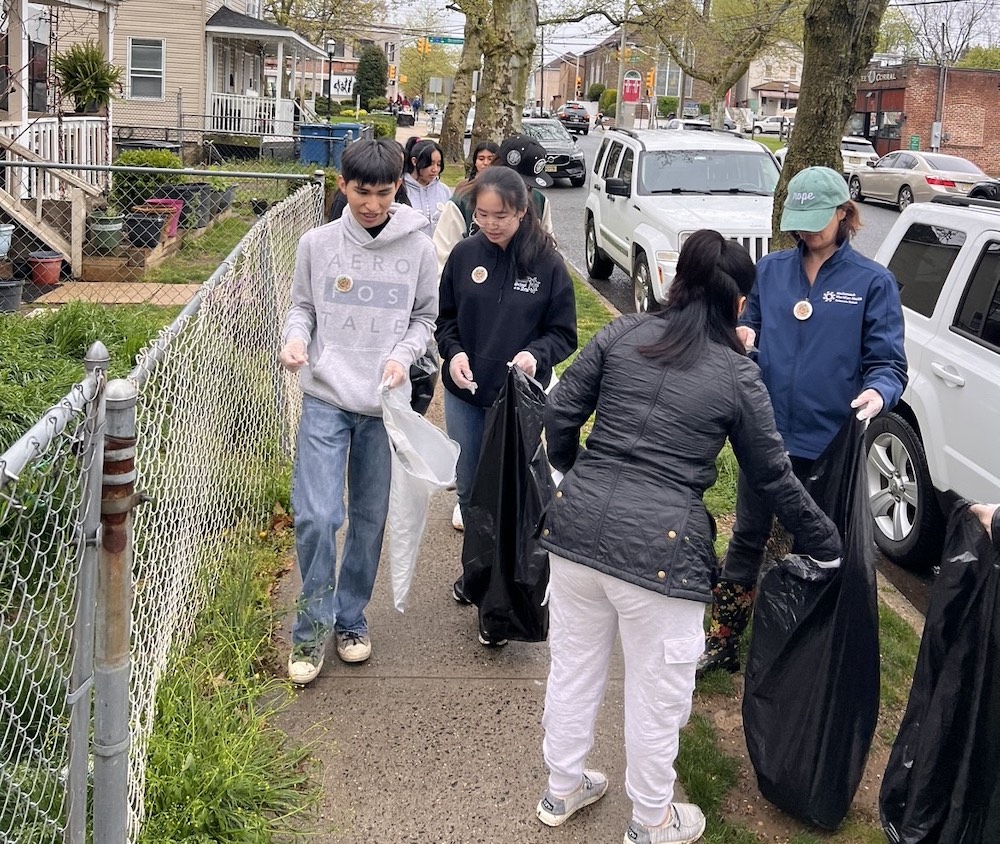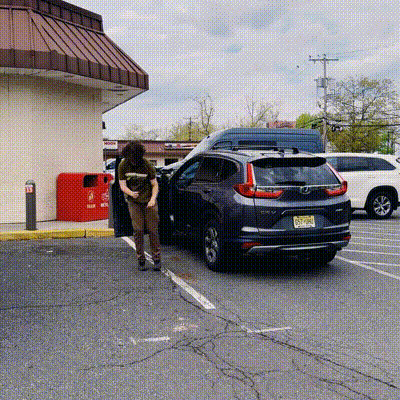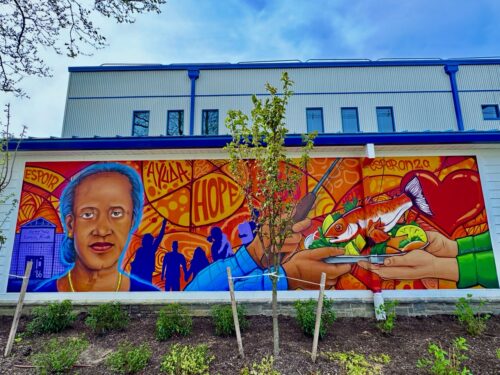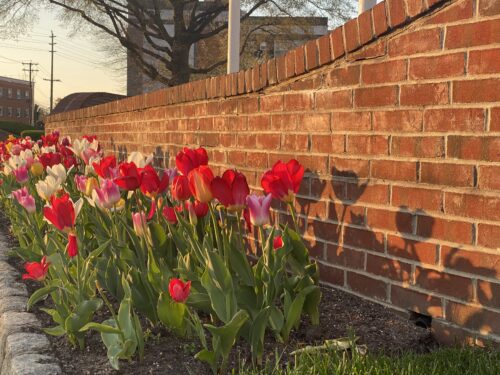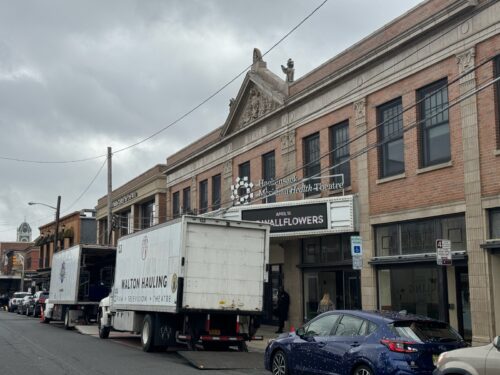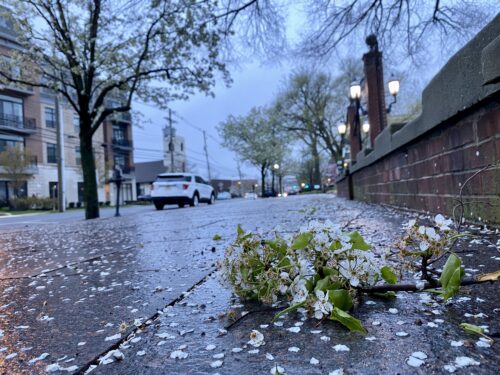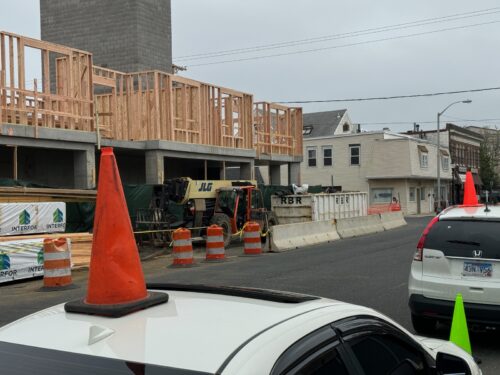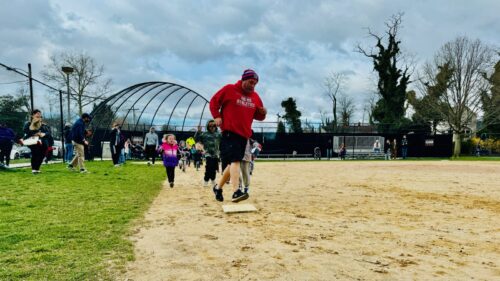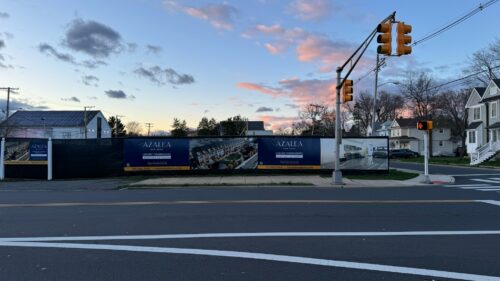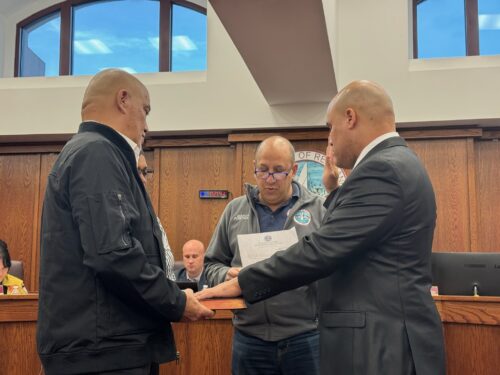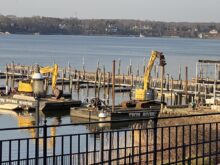
By JOHN T. WARD

Borough officials long ago determined, however, that the Charles Williams house, built overlooking the Navesink River before the Emancipation Proclamation, is not historically significant. It will be demolished to make way for a passive park.
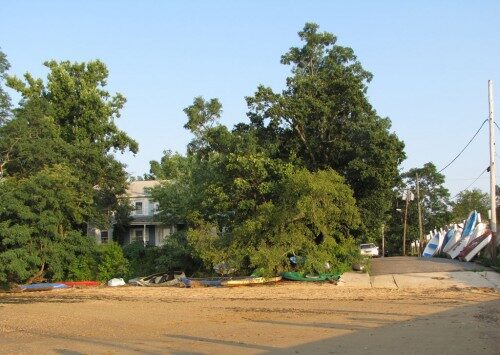
The borough closed on the $1.2 million purchase Friday, said Mayor Ben Lucarelli. Demolition will take place “as soon as is practical,” and could be in as little as two weeks, he told redbankgreen Monday.
The property remained in the same family without interruption from its construction by Charles Williams, a free African-American, in 1855. It’s been vacant since the 2008 death of his great-granddaughter, Winifred Robards, at the age of 92. She had lived there from the time she was three years old.
Robard’s two sons were the sellers, and entered into a contract of sale with the borough in 2009. But the closing was held up by a century-old legal error, Lucarelli said. The site at one time consisted of two lots, and during a deed transfer in 1910, one of the lots was mistakenly left off the deed. That meant attorneys had to identify and attempt to track down potential heirs and give them notice of the proposed sale.
“You have to do everything you can” to find them, Lucarelli said. “That took a long time. But now we have clear title.”
The purchase opens the way for the creation of the town’s first riverside park, though it won’t feature much more than a bench or two, some riprap to protect the shoreline and steps down to the 140-foot-wide river beach, Lucarelli said. He said he plans to propose that park name incorporate either or both the Williams and Robards names.
Why tear down the house? Since embarking on the purchase plan in 2009, town officials have maintained that the house doesn’t itself hold historical significance. They’ve also said it can’t be restored or moved without incurring additional costs that the town can’t absorb. Had it been sold to private-sector buyer, it would almost certainly be torn down and replaced with something large and modern, they have said.
“The house is doomed either way, whether the borough buys it or a developer buys it,” Pat Drummond, president of the Historical Association of Fair Haven, told redbankgreen in 2009. “There’s nothing we can do.”
Winifred Robards also foresaw the likelihood of her home being razed, though she found it hard to accept.
“It would make me very sad to no longer have this family live here,” she told a reporter for the New York Times in an interview published in 2006. “The lawyer told me someone would come in and tear the house down and build a house more suited to the river.”
The cost of the property to Fair Haven taxpayers was a little over $200,000, Lucarelli said, thanks to grants from the New Jersey Department of Environmental Protection’s Blue Acres program, for the preservation of waterfront land; the Monmouth County Open Space program; and Monmouth Conservation Foundation.


